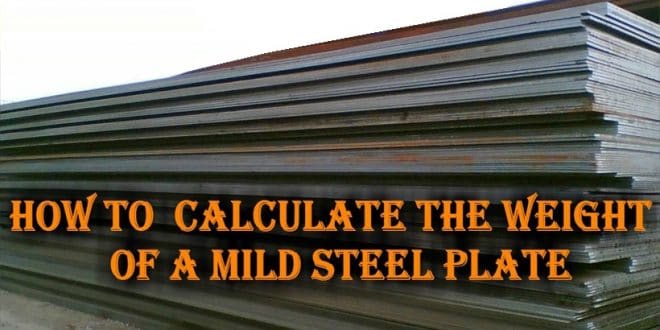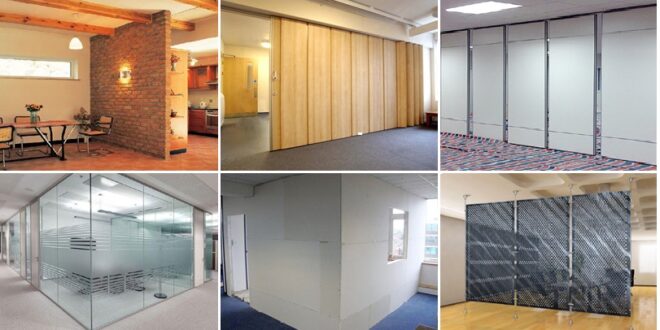Bricks are one of the most important materials used in building construction. However, many of us are unaware of different types of bricks available in the market such as red bricks, fly ash bricks, concrete bricks, calcium silicate bricks, hollow bricks, etc.
Therefore it is essential to choose the right kind of bricks for construction may be it’s your dream home or any other building. Because once the building is built it is not possible to change the bricks.

With technological advancement and innovations, many new building materials have been produced. Hollow bricks are one of them. In this article, I will discuss hollow bricks, their advantages, disadvantages, sizes, price, and making process.
What Are Hollow Bricks?
Hollow bricks are horizontally perforated bricks having hollow spaces or holes through them which total at least 25%-60% of their bed area. The hollow spaces may be cores, cells, deep frogs, or combinations of these.

A core is a void having an area less than or equal to 1.5 inch² (968 mm²), while cells are voids larger than a core. A deep frog is a groove in the bed surface of the brick that is deeper than 3/8 inch (9.5 mm).
Hollow bricks are widely gaining popularity in the construction industry due to their several advantages.
Advantages Of Hollow Bricks:
1. Strength & Durability
Hollow bricks are durable and have high compressive strength (3.5 N/mm2). They are suitable for reinforced masonry construction where the increased strength of the unit can allow thinner wall sections to handle the same loading.
The compressive strength of hollow brick masonry depends on several factors such as unit strength, type of mortar, mortar bedding area, grouting, and thicknesses of face shells and webs.
2. Lightweight
Due to having hollow space, these bricks are lighter in weight than solid bricks. They are almost 60% light weighted than a solid concrete block. Hence, the dead load of the structure is thereby reduced.

3. Electrical Installation
One of the major advantages is that the presence of holes in bricks makes it easier to pass the electrical wires and plumbing fixtures through them.
4. Thermal Insulation
Great thermal insulator due to the presence of air in the hollow space. It helps to keep the room interior cool in summer and warm in the winter season.
5. Energy Efficient
The thermal insulation properties of hollow bricks help to reduce energy consumption by air-conditioning or room heaters, thus saving extra spending.

6. Sound Insulation
Good sound insulator too, compared to solid bricks.
7. Fire Resistance
These bricks are fire resistant and much safer than traditional bricks.
8. Speed Of Construction
As these bricks are much lighter than solid bricks, the ease of working with them gives faster construction and early project completion.
9. Mortar Consumption
Since these bricks are larger in size, it reduces the mortar quantity and also the number of joints that need to be filled during the construction process.
10. Carpet Area
It gives more carpet area available compared to clay brickwork.
11. Cost-effective and low maintenance
Easy to handle, reduces the labor cost. Less mortar consumption, fast work hence economical and cost-effective. Low maintenance costs due to very little or no efflorescence on the brick surface compared to solid bricks.
12. Eco-Friendly
Hollow bricks are eco-friendly since they are produced by using non-toxic recycled waste materials/natural substitutes like fly ash, coal ash, granite slurry, rice husk, etc.

Disadvantages Of Hollow Bricks
i) The compressive strength and load-bearing capacity of hollow bricks are much lower than first-class clay bricks. Hence they can not be used in the large load-bearing structure. They are also not recommended in earthquake-prone areas.
ii) The density of these bricks is also much lower than solid bricks. Therefore they are not suitable for foundation and base-slab works or where the groundwater table is high as they can not resist the negative pressure of water and capillary action.
iii) Prone to salt attack.
Uses:
These bricks are mostly suitable for the construction of partition walls. However, they can be used in load-bearing structures up to G+3 buildings.

Properties:
1. Sizes
Different sizes of hollow bricks are available in market. The most common sizes are given below (Length x Width x Height):
- 400 mm x 200 mm x 200 mm
- 400 mm x 150 mm x 250 mm
- 400 mm x 100 mm x 200 mm
- 400 mm x 200 mm x 300 mm
However, the size defers from manufacturer to manufacturer.
2. Compressive Strength
The compressive strength of hollow bricks is around 3.5 N/mm2.
3. Dry Density
The dry density of these bricks is 694-788 kg/m3.
4. Weight
These bricks are almost 60% more lightweight than the traditional walling material.
5. Water Absorption
Water absorption of these bricks is around 15% of their weight.
6. Thermal Conductivity
The thermal conductivity of hollow clay bricks is around 0.28-0.31W/mk
Also Read
How To Calculate Bricks For Construction?
How To Check Quality Of Construction
If you like this article then please share it with your friends & also like our Facebook Page and join our Telegram Channel.





Excellent information.